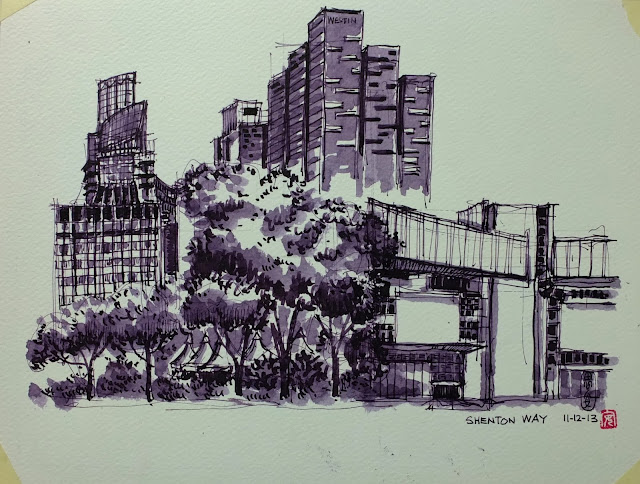Bedok Reservoir
From a former sand quarry to a beautiful reservoir park, Bedok Reservoir Park enjoys popularity with joggers and water sports enthusiasts. Schools and organisations hold their regular runs here, challenging themselves round the 4.3km track. Dragon boats and canoes dot the waters and fishing hobbyists try their luck on our fishing deck.
In spite of all these exhilarating activities, the reservoir park also invites you to explore its peaceful areas. You can find perfect spots to relax and enjoy the scenery around you. The Floating Decksituated near the Activity Mall event site is one of such spots. With the terraced viewing gallery as its complement, one can appreciate the tranquility our reservoir has to offer. More than 14,000 wetland plants are added along the reservoir as part of the Active, Beautiful, and Clean (ABC) Waters Programme.
During your leisure, bring patience, sharp eyes and ears with you, as Bedok Reservoir Park is also a great sanctuary for bird watching. You will be handsomely rewarded with sights of swallows playing on waters and flashes of cobalt blue Kingfishers diving for its lunch. If you are fortunate enough, you might catch that Little Heron wading along the banks of the reservoir.
Sketched with Pilot Namiki Falcon M & B nibs and Noodler's , Calli Inks.
Sketched with Lamy Safari F & B nibs and Noodler's Ink
Sketched with Hero pens and Holbein Watercolour
















